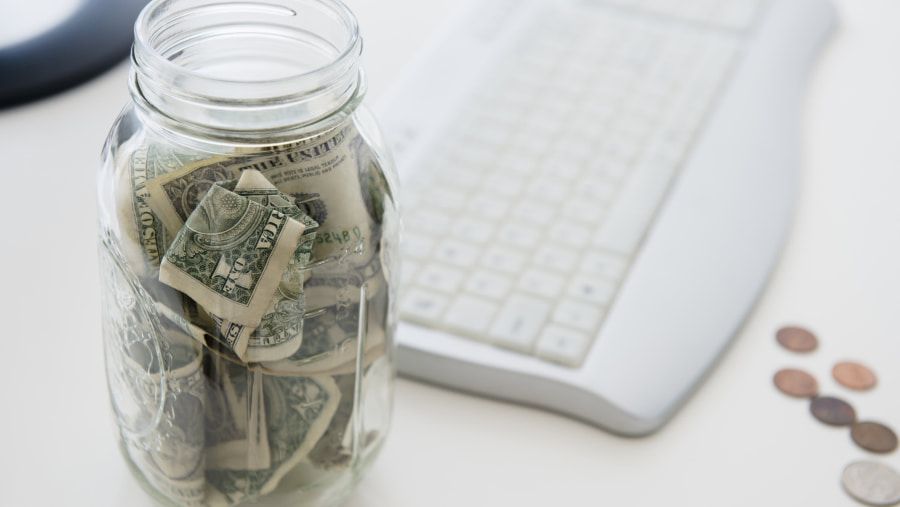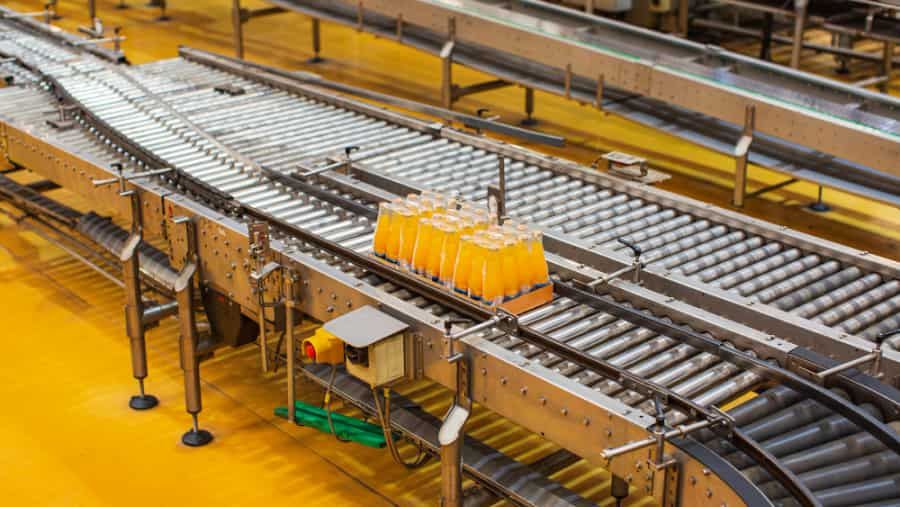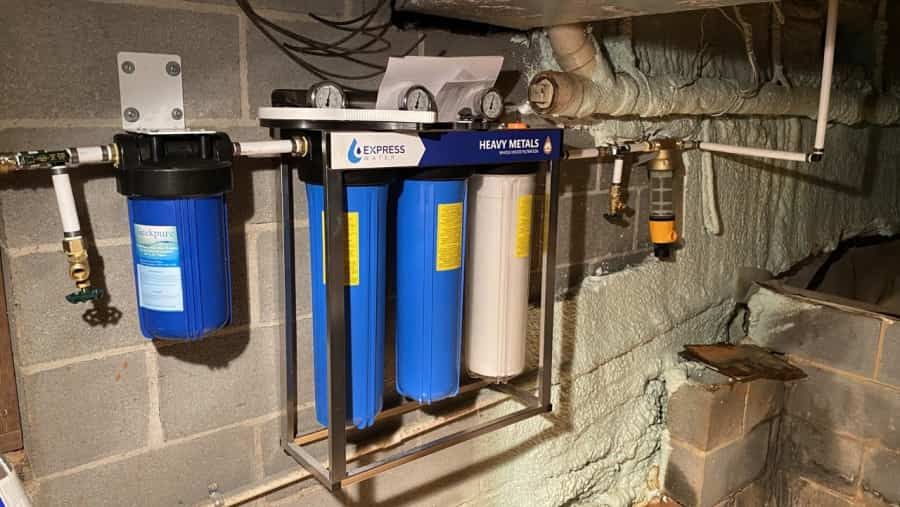How to Choose the Best CD Rate for Your Savings
Certificate of deposit rates are a common way of saving and can provide a steady interest income for our savings. This article will explain how to choose the best certificate of deposit rate for your savings to help you develop a smart savings plan.

1. Research the interest rates of different financial institutions
Different banks or financial institutions offer different time deposit rates. Before choosing a time deposit, it is very important to spend some time researching the interest rates of various institutions. You can get this information by searching on the Internet, consulting a financial adviser, or asking your bank directly. Knowing the interest rate levels and policies of different institutions can help you make more informed decisions.
2. Compare interest rates for different maturities
Term deposits can go from a couple of months to a couple of years. Time, all things considered, time deposits with longer developments as a rule have higher interest costs. This is on the grounds that deposits with longer developments mean you secure your assets for a more drawn out timeframe, which the bank can use to contribute for a more drawn out timeframe. However, you must balance your risk tolerance with your funding requirements when selecting a term deposit. Assuming that you really want quicker admittance to reserves or are stressed over increasing interest costs, more limited term deposits might be more reasonable for you.
3. Pay attention to the stability of deposit interest rates
In addition to paying attention to the level of interest rates, you should also pay attention to the stability of deposit interest rates. Some banks may offer time deposits with floating interest rates, which means that the deposit rate changes with fluctuations in market interest rates. If you are looking for a steady income, you can choose a fixed interest rate time deposit. In this way, you can enjoy a fixed interest income over the life of your deposit and not be affected by market fluctuations.
4. Pay attention to deposit conditions and fees
When choosing a time deposit, pay attention to deposit conditions and fees in addition to interest rates. Some banks may charge deposit fees or early withdrawal fees. In addition, some time deposits may have a minimum deposit requirement. Before signing a contract, be sure to read the terms carefully to make sure you understand all fees and conditions and are able to meet them.
5. Consider inflation
When choosing a fixed deposit rate, you should also consider inflation. Inflation causes the currency to depreciate, so your real purchasing power may decrease. When choosing a fixed deposit rate, you should make sure that the interest rate you choose will at least offset the impact of inflation in order to preserve the real value of your savings.
6. Diversify your savings
Time deposits are a relatively conservative way to save, but they are not the only option. To maximize the return on your savings, consider diversifying your savings into different investment vehicles, such as stocks, bonds, or funds. This can help you spread your risk and earn higher returns.
To sum up, choosing the best certificate of deposit rate requires a combination of factors. It is important to research the interest rates of different financial institutions, compare the interest rates of different maturities, pay attention to the stability and fees of deposit rates, take inflation into account, and diversify your savings methods. The most important thing is to choose a certificate of deposit interest rate that is suitable for you based on your savings goals, risk tolerance and capital needs. With careful choice and sound planning, you can choose the best certificate of deposit rate for your savings and achieve better financial growth.
Guess you like
-

Top Mexican Conveyor Maintenance Services: Ensuring Efficiency and Longevity
-

Pest Control Protects Your Home
-

Free Government Phone Stand Located Nearby
-

Elektrofahrzeuge: Eine bequeme und wirtschaftliche Wahl für ältere Fahrer
-

Tips for Old People to Find Jobs
-

Whole House Water Softener and Filtration Systems: An Overall Introduction



